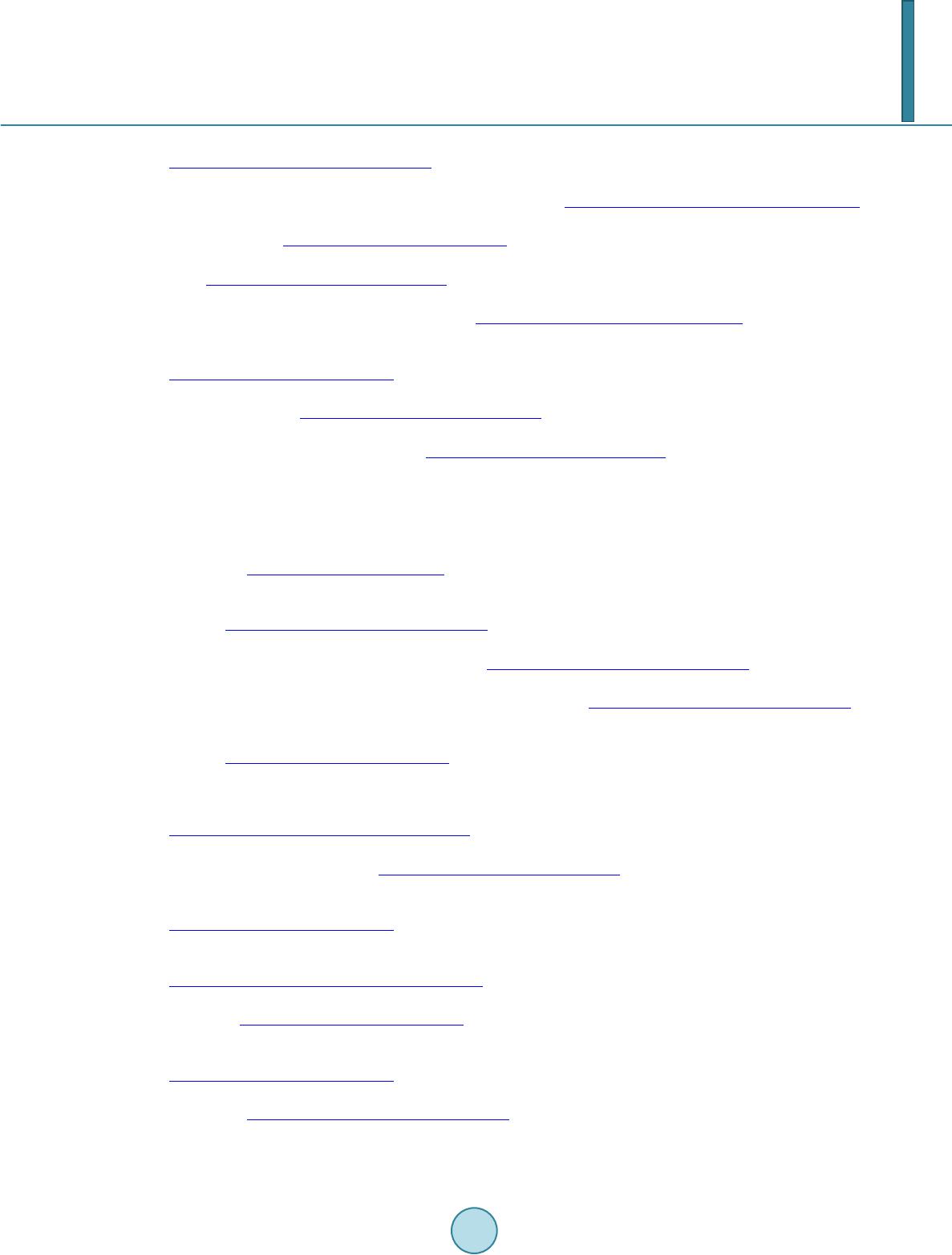
Z. A. Naikoo et al.
files in Patients with Anal Fissure. Techniques in Coloproctology, 8, 151-156.
http://dx.doi.org/10.1007/s10151-004-0079-z
[3] Ammari, F.F. and B ani -Ha n i, K.E. (2004) Fecal Incontinence in Patients with An al Fissure: A Consequence of Internal
Sphincterotomy or a Feature of the Condition. Surgeon, 2, 225-229. http://dx.doi.org/10.1016/S1479-666X(04)80005-2
[4] Jorge, J.M.N. and Wexner, S.D. (1993) Etiology and Management of Fecal Incontinence. Diseases of the Colon &
Rectum, 36, 77-97. http://dx.doi.org/10.1007/BF02050307
[5] Lund, J.N. and Scholefield, J.H. (1996) E tiology and Treatment of Anal Fissure. British Journal of Surgery, 83, 1335-
1344. http://dx.doi.org/10.1002/bjs.1800831006
[6] Bhardwaj, R. and Parker, M.C. (2007) Modern Perspectives in the Treatment of Chronic Anal Fissures. Annals of the
Royal College of Surgeons of England, 89, 472-478. http://dx.doi.org/10.1308/003588407X202137
[7] Schouten, W.R., Briel, W.J. and Auwerda, J.J. (1994) Relationship between Anal Pressure and Anodermal Blood Flow.
The Vascular Pathogenesis of Anal Fissures. Diseases of the Colon & Rectum, 37, 664-669.
http://dx.doi.org/10.1007/BF02054409
[8] Schouten, W.R., Briel, W.J., Auwerda, J.J. and de Graff, E.J. (1996) Ischemic Nature of Anal Fissure. British Journal
of Surgery, 83, 63-65. http://dx.doi.org/10.1002/bjs.1800830120
[9] McCallion, K. and Gardiner, K.R. (2001) Progress in the Understanding and Treatment of Chronic Anal Fissure. Jour-
nal of Postgraduate Medicine, 77, 753-758. http://dx.doi.org/10.1136/pmj.77.914.753
[10] Gupta, P.J. (2004) A Study of Hypertrophied Anal Papilla and Fibrous Polyps Associated with Chronic Anal Fissure.
Romanian Journal of Gastroenterology, 13, 103-107.
[11] Notaras, M.J. (1969) Lateral Subcutaneous Sphincterotomy for Ana l Fissure—A New Technique. Proceedings of Roy-
al Society of Medicine, 62, 713.
[12] Lindsey, I., Jones, O.M., Cunnighum, C. and Morten sen, N.J. (2004) Chronic Anal Fissure. British Journal of Surgery,
91, 270-279. http://dx.doi.org/10.1002/bjs.4531
[13] Wiley, M., Day, P., Rieger, N., Steph en, J. and Moore, J. (2004) Open vs Closed Lateral Internal Sphincterotomy for
Idiopathic Anal Fissure-in-Ano: A Prospective, Randomized, Controlled Trial. Diseases of the Colon & Rectum, 47,
847-852. http://dx.doi.org/10.1007/s10350-004-0530-2
[14] Hyman, N. (2004) Incontinence after Lateral Internal Sphincterotomy: A Prospective Study and Quality of Life As-
sessment. Diseases of the Colon & Rectum, 47, 35-38. http://dx.doi.org/10.1007/s10350-003-0002-0
[15] Tocchi, A., Mazzoni, G., Miccni, M., Cassini, D., Betteli, E. and Brozziti, S. (2004) Total Lateral Sphincte rotomy for
Anal Fissure. International Journal of Colorectal Disease, 19, 245-249. http://dx.doi.org/10.1007/s00384-003-0525-9
[16] Garcia-Anguilar, J., Belmonte Montes, C., Perez, J.J., Jensen, L., Madoff, R.D. and Wong, W.D. (1998) Incontinence
after Lateral Internal Sphincterotomy: Anatomical and Functional Evaluation. Diseases of the Colon & Rectum, 41,
423-427. http://dx.doi.org/10.1007/BF02235754
[17] Arroyo, A., Perez, F., Serrano, P., Candela, F. and Calpena , R. (2004) Open versus Closed Lateral Sphincterotomy
Performed as an Outpatient Procedure under Local Anesthesia for Chronic Anal Fissure: Prospective Randomised
Study of Clinical and Manometric Long Term Results. Journal of the American College of Surgeons, 199, 361-367.
http://dx.doi.org/10.1016/j.jamcollsurg.2004.04.016
[18] Zbar, A.P., Aslam, M. and Allgar, V. (2000) Faecal Incontinence after Internal Sphincterotomy for Anal Fissure. Tec h-
niques in Coloproctology, 4, 25-28. http://dx.doi.org/10.1007/s101510050050
[19] Nya m , D.C. and Pemberton, J.H. (1999) Long Term Results of Lateral Internal Sphincterotomy for Chronic Anal Fis-
sure with Particular Reference to Incidence of Fecal Incontinence. Diseases of the Colon & Rectum, 42, 1306-1310.
http://dx.doi.org/10.1007/BF02234220
[20] Ram, E., Alper, D., Stein, G.Y., Bramnik, Z. and Dreznik, Z. (2005) Internal Anal Sphincter Function Following In-
ternal Lateral Sphincterotomy for Anal Fissure: A Long Term Manometric Study. Annals of Surgery, 242, 208-211.
http://dx.doi.org/10.1097/01.sla.0000171036.39886.fa
[21] Nelson, R.L. (1999) Meta Analysis of Operative Techniques for Fissure in Ano. Diseases of the Colon & Rectum, 42,
1424-1428. http://dx.doi.org/10.1007/BF02235041
[22] Garcia-Aguilar, J., Belmonte, C., Wong, W.D., Goldberg, S.M. a nd Madoff, R.D. (1996) Open versus Closed Sphinc-
terotomy for Chronic Anal Fissure: Long Term Results. Diseases of the Colon & Rectum, 39, 440-443.
http://dx.doi.org/10.1007/BF02054061
[23] Collins, E.E. and Lund, J.N. (2007) A Review of Chronic Anal Fissure Management. Techniques in Coloproctology,
11, 209-223. http://dx.doi.org/10.1007/s10151-007-0355-9